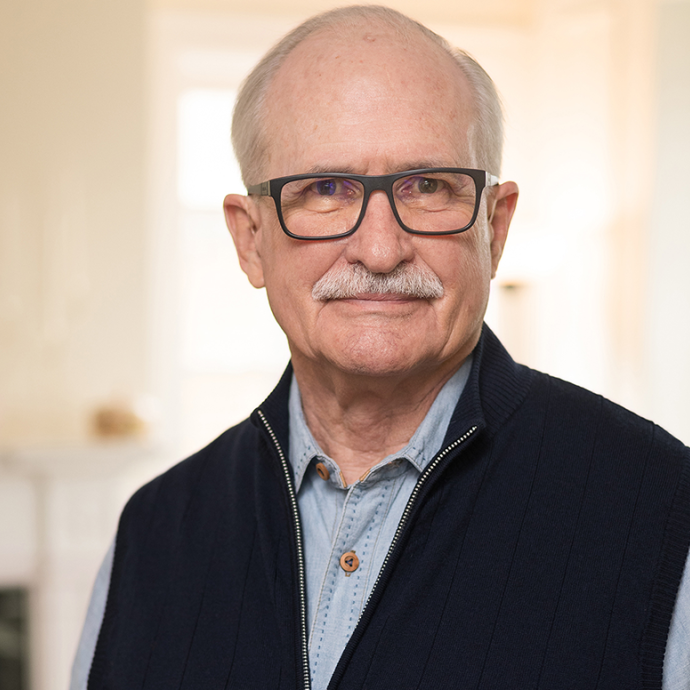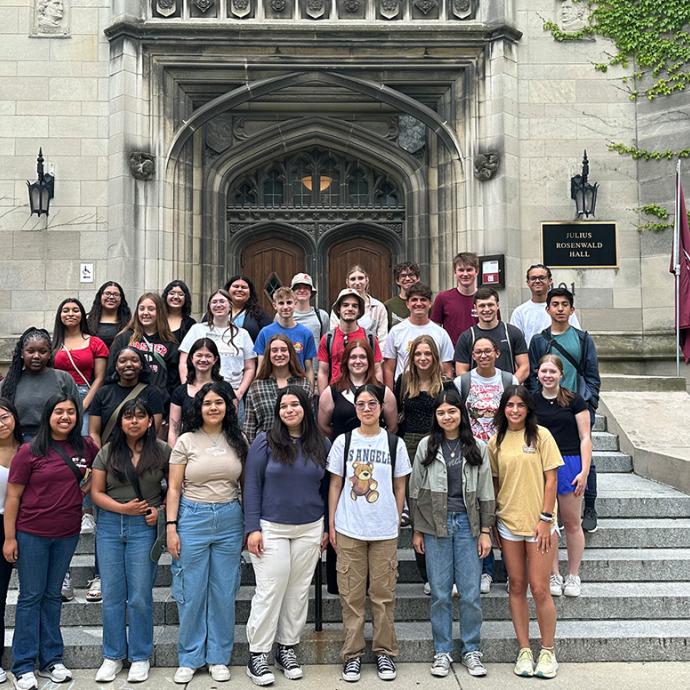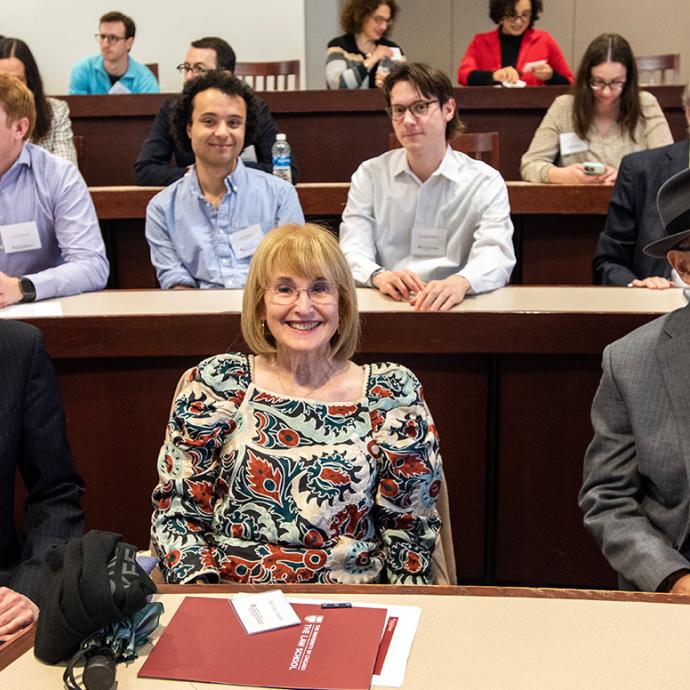For years, if you asked the people working to create new pharmaceutical drugs what they wished for, at the top of their lists would be a way to easily replace a carbon atom with a nitrogen atom in a molecule.
But two studies from chemists at the University of Chicago, published in Science and Nature, offer two new methods to address this wish. The findings could make it easier to develop new drugs.
“This is the grand-challenge problem that I started my lab to try to solve,” said Mark Levin, an associate professor of chemistry and the senior author on both papers. “We haven’t totally solved it, but we’ve taken two really big bites out of the problem, and these findings lay a clear foundation for the future.”
Body swap
In chemistry, a single atom can make a huge difference in a molecule. Swap out one carbon atom for a nitrogen atom, and the way the drug molecule interacts with its target can dramatically change. It might make the drug easier to get to the brain, for example, or less likely to grab onto the wrong proteins on its way. So when scientists are creating new pharmaceutical drugs, they often want to try swapping out one particular atom.
The trouble is, this is much easier said than done. To build a molecule, you have to go step by step. If you get to the end, but then start testing and think the drug might work better if you changed just one atom, you have to go back to the beginning and re-invent the entire process.
“There’s a cost-benefit analysis that comes into play. Is it worth it to start over? Or do you just go with what you have?” explained Tyler Pearson, a postdoctoral researcher who is the first author on one of the studies.
Levin’s lab seeks to find new ways to make tiny changes to the skeleton of a molecule without going back to the start line.
In this case, they wanted to find a way to swap a carbon atom for a nitrogen atom—a specific swap that comes up extremely frequently in pharmaceutical chemistry.
But the existing methods to do this have limited success. “You might accidentally delete the wrong carbon in the molecule, and this causes the rest of the molecule to shift,” said Jisoo Woo, a graduate student and the first author on the other study. “This can have a huge impact on how well the final molecule works.”
The same principle that makes changing one atom potentially very useful, also has its flip side: If the reaction has even one unintended side effect of moving a different atom, the molecule can become useless for its intended purpose.
The lab came up with two different, complementary ways to approach the problem.
Remove the right one
One approach, outlined in a paper in Nature led by graduate student Jisoo Woo, works on molecules that already have a nitrogen atom nearby in the structure. The new method cleaves open the ring of atoms using ozone, and then uses the first nitrogen molecule to “guide” the second in.
The other approach, described in a paper in Science led by Pearson, works on molecules that don’t already have a nitrogen atom. It can simply remove one carbon atom—the right one—and replace it with a nitrogen atom.
Neither method is perfect yet, the scientists said. But they offer a way forward where none previously existed.
Levin said the techniques are helpful because they more closely align with how people think when developing new drugs. “It’s a bit like typing on a computer instead of a typewriter,” he said. “It’s much easier on a computer because it lets you write the way you think, which is not always linear.”
The scientists pointed out that both solutions involved a bit of serendipity and invention.
“To me, this is a great example of the creativity that you need in order to make breakthroughs in chemistry,” said Levin. “In both we had precipitating events that gave us a glimpse of something unusual, and that gave us a foothold we could work from.”
The other authors on the Science paper were visiting student Ryoma Shimazumi, graduate students Julia Driscoll and Dong-Il Park, and former postdoctoral researcher Balu Dherange, now with Incyte Corp. The other authors on the Nature paper were visiting student Colin Stein and Alec Christian of Merck & Co. Discovery Chemistry.
Citations:
“Carbon-to-nitrogen single-atom transmutation of azaarenes.” Woo et al, Nature, Nov. 1, 2023. Funding: National Institutes of Health.
“Aromatic nitrogen scanning by ipso-selective nitrene internalization.” Pearson et al, Science, Sept. 28, 2023. Funding: National Science Foundation, National Institute of General Medical Sciences.









 —Prof. Chuan He
—Prof. Chuan He
